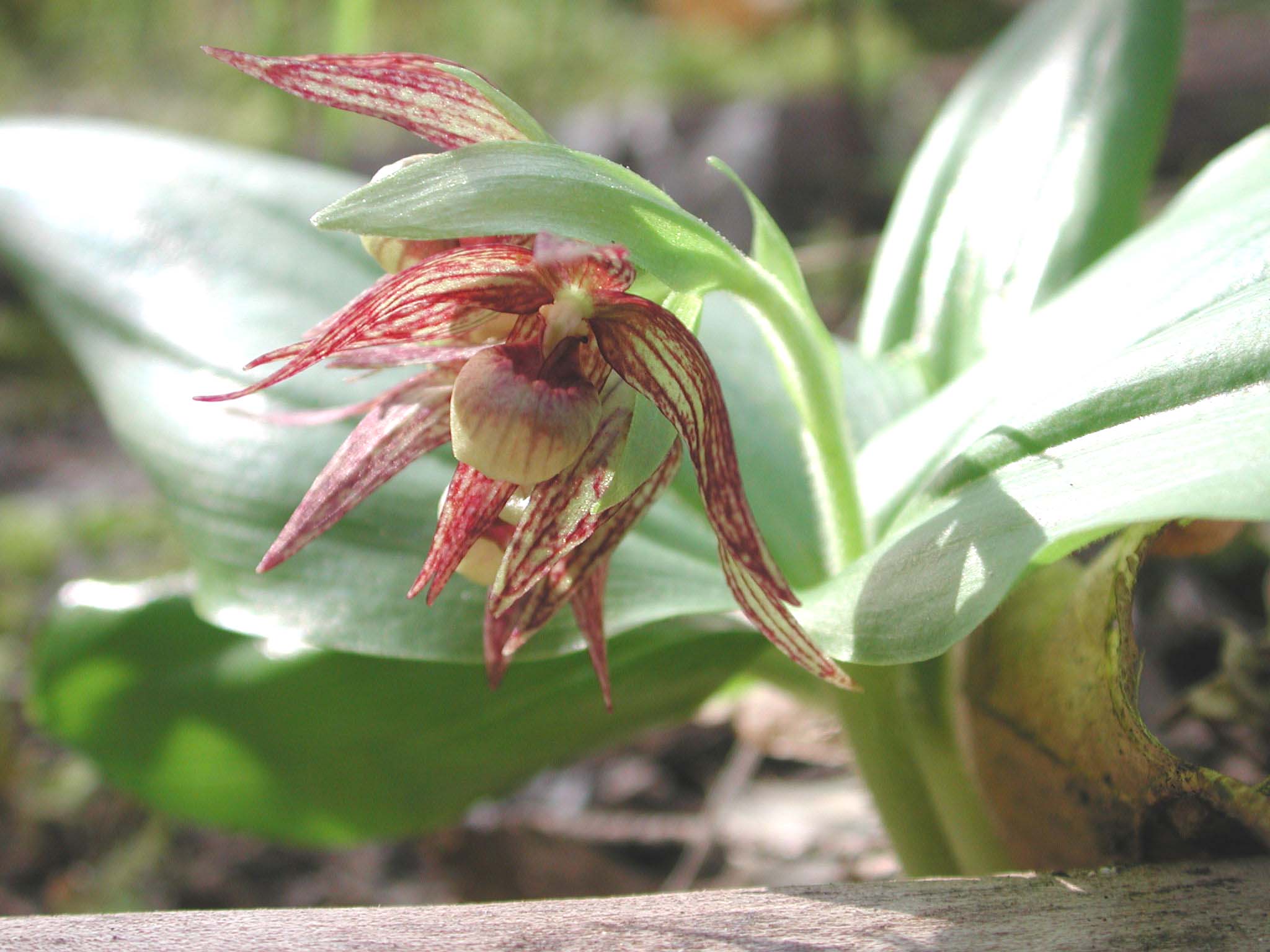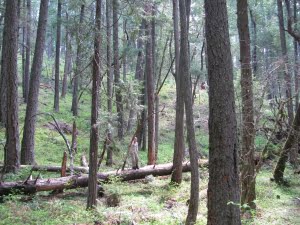
Rare orchid fading fast, and climate change may be part of the problem
Researchers and government biologists resurveyed locations where the orchid, which grows primarily in conifer forests on public lands, had previously been reported and recorded the current population size. They found that many populations had gone extinct.
“We were shocked,” said Kaye, “that so many of the populations have vanished.”
The researchers found that small populations with only a few individuals were most likely to go extinct, as were those that no one had checked on for several years. Larger populations that had been reported recently were more likely to remain stable.
They also found that populations at lower elevations died out more often than those at higher elevations, potentially a result of climate warming. “Population losses at low elevations could be a smoking gun for climate change,” said Kaye. As the climate warms, populations at low elevation sites may be crossing a threshold for heat tolerance faster than populations at higher, cooler locations.
The researchers extrapolated findings from 205 site revisits to estimate the likelihood of survival of over 2,415 populations on public lands in Oregon and California. Based on population size, time since the last sighting, and elevation they predicted that 45% of the known populations are extinct. The losses appear higher in Oregon because populations there are smaller and occur at lower elevations on average than those in California. The results only apply to the study region in Oregon and California, because the researchers lacked re-visit data from the Colorado, Idaho and Washington portions of the species geographic distribution.
Such extinctions could be offset by the natural establishment of new patches, which can occur when seeds shed from the remaining orchids are blown on the wind to suitable habitats. However, when the team examined records from southwestern Oregon, they found the pace of population loss was nearly three times the rate of colonization.
The findings suggest that public land managers may need to re-assess the condition of rare species populations, especially those with few individuals or that have not been observed for several years, as well as those at low elevations and other areas vulnerable to climate change or disturbance. “We’ve seen similar patterns with other rare species that are tracked by Natural Heritage Programs, but rarely have we had the resources to revisit so many populations of one species in a relatively short period of time,” said Dr. Andrea Thorpe, Director of the Washington Natural Heritage Program, and a co-author on the paper.
Unless databases of vulnerable species populations are kept up to date, land managers may not have the information they need to conserve imperiled biota. “This research reveals new insights into the utility of rare species datasets used for conservation in the Pacific Northwest, and was a valuable opportunity to work with these partner organizations,” said co-author Chelsea Waddell, M.S., Regional Wildlife, Botany & Fisheries Data Coordinator for the Bureau of Land Management.
The article can be accessed from PLOS ONE here.
https://journals.plos.org/plosone/article?id=10.1371/journal.pone.0210378
Restoration
Research
Education
Contact
Main Office:
4950 SW Hout Street
Corvallis, OR 97333-9598
541-753-3099
info@appliedeco.org
Southwest Office:
1202 Parkway Dr. Suite B
Santa Fe, NM 87507
(505) 490-4910
swprogram@appliedeco.org
© 2025 Institute for Applied Ecology | Privacy Policy





